Perhaps you will find it uncomfortable to go to a coffee shop or a place and sit there long without the WiFi? Wifi “free” is a great thing. But the public network comes with many risks for you, especially you can lose all the money accumulated in the bank account. Here are 10 things to keep in mind when connecting to Wifi for free.
1. Do not use Internet Banking or enter your bank card information
 The only way to protect yourself from data theft is to use mobile traffic for online purchases or Internet Banking. Paying for a few megabytes will be a reasonable price for your account security.
The only way to protect yourself from data theft is to use mobile traffic for online purchases or Internet Banking. Paying for a few megabytes will be a reasonable price for your account security.
2.Turn off Wifi if you do not use the Internet
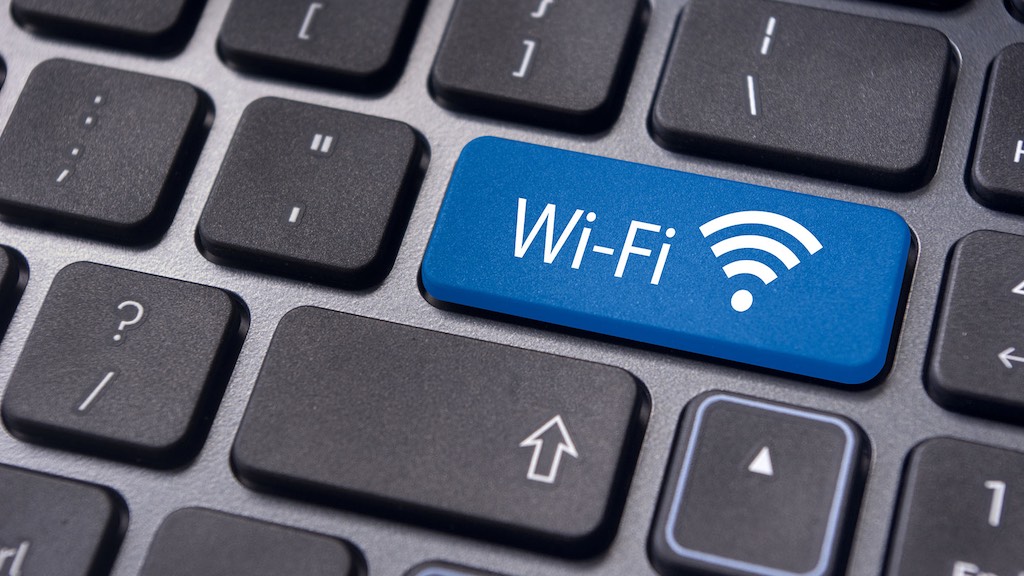 By turning off Wifi, you can solve three problems at the same time: wasting battery power, automatically connecting to rogue networks, annoying ad emails. To help combat these problems, you can install the DoNotTrackMe extension on your browser, which will not let your device monitor your activity.
By turning off Wifi, you can solve three problems at the same time: wasting battery power, automatically connecting to rogue networks, annoying ad emails. To help combat these problems, you can install the DoNotTrackMe extension on your browser, which will not let your device monitor your activity.
3. Connect to the Internet using a VPN
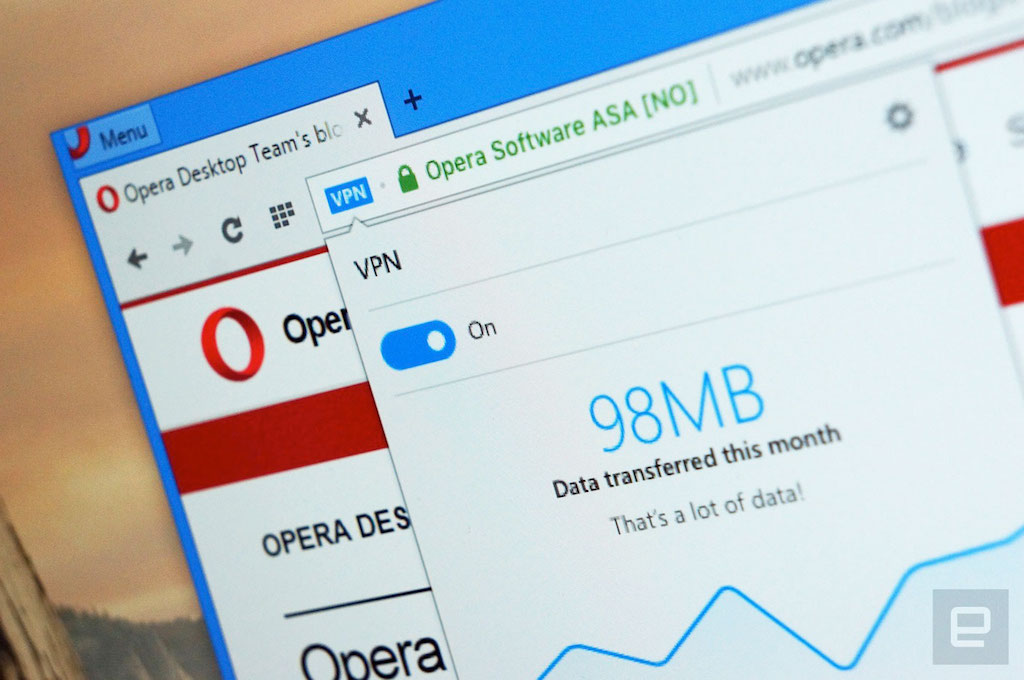 VPN (Virtual Private Network), also known as virtual private network, will allow you to remain anonymous online. This means that the websites you visit only see the virtual network IP address, not your own IP address.
VPN (Virtual Private Network), also known as virtual private network, will allow you to remain anonymous online. This means that the websites you visit only see the virtual network IP address, not your own IP address.
Types of networks like VPNs usually cost and slow down your connection. However, its price is not too high and most VPN providers still have free services.
4. Do not let the network device remember the “free” network
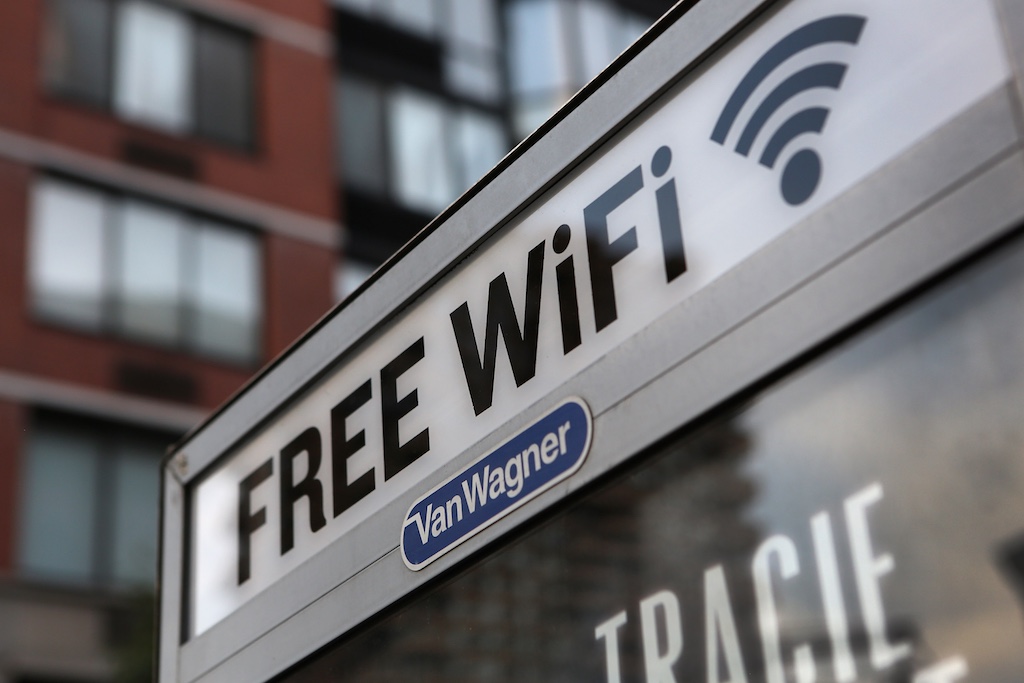 Most devices will automatically remember and connect to the hotspot they used at least once before. Phishers can create their access point with the same name so that when you do not pay attention and access, they can get personal data or even bank accounts.
Most devices will automatically remember and connect to the hotspot they used at least once before. Phishers can create their access point with the same name so that when you do not pay attention and access, they can get personal data or even bank accounts.
5. Pay attention to the name of the “free” network you intend to connect
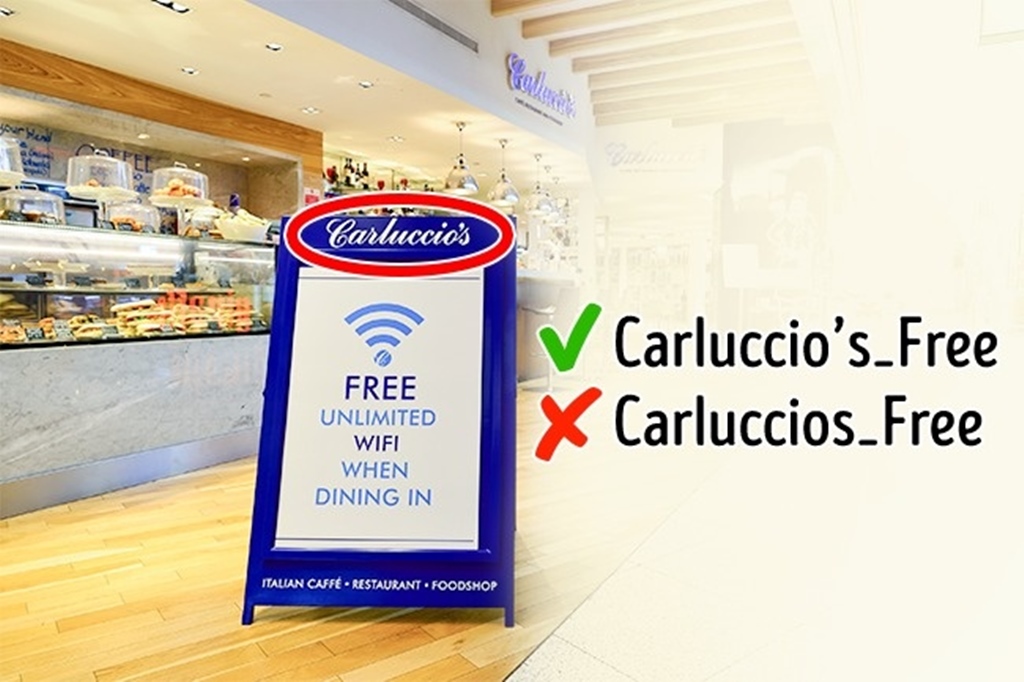 Hackers often use networks with names similar to those already in the neighborhood. The only difference is that a genuine hotspot requires payment or authorization/password, while a fake access point is usually used for free. So, before connecting to a free network, ask the owner of the place for the name of the network/wifi.
Hackers often use networks with names similar to those already in the neighborhood. The only difference is that a genuine hotspot requires payment or authorization/password, while a fake access point is usually used for free. So, before connecting to a free network, ask the owner of the place for the name of the network/wifi.
6. Install a quality antivirus software
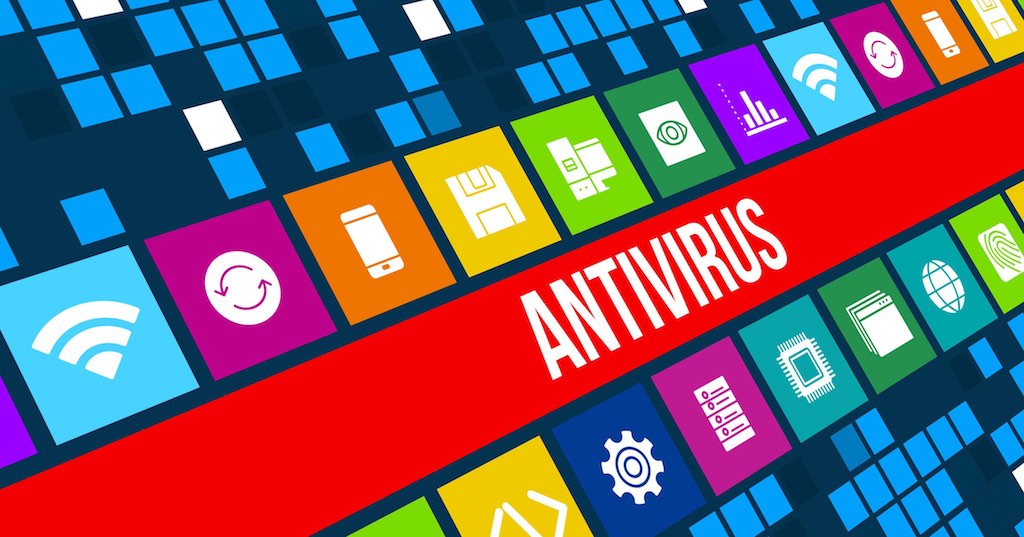 Always use the latest antivirus versions. There are more and more new ways to hack your account so you should update your antivirus software regularly. In addition, the virus killer warns you of fake hotspot connections that may occur so you are not subjective when accessing free wifi.
Always use the latest antivirus versions. There are more and more new ways to hack your account so you should update your antivirus software regularly. In addition, the virus killer warns you of fake hotspot connections that may occur so you are not subjective when accessing free wifi.
7. Choose networks with 2 network authentication steps
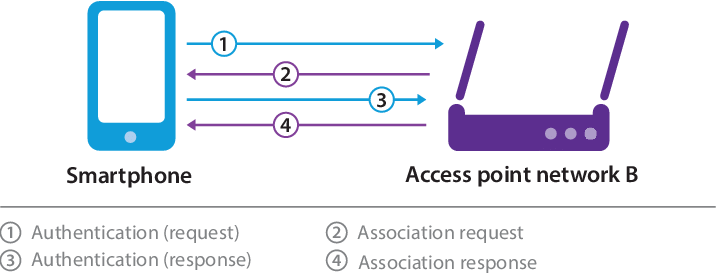
without requiring any further action when the connection is likely to be a phishing scam. For security, choose a hotspot that requires you to enter a code that sends in a text message to your phone. This will protect you from online thieves with free internet lines.
8. Keep your password in encrypted form
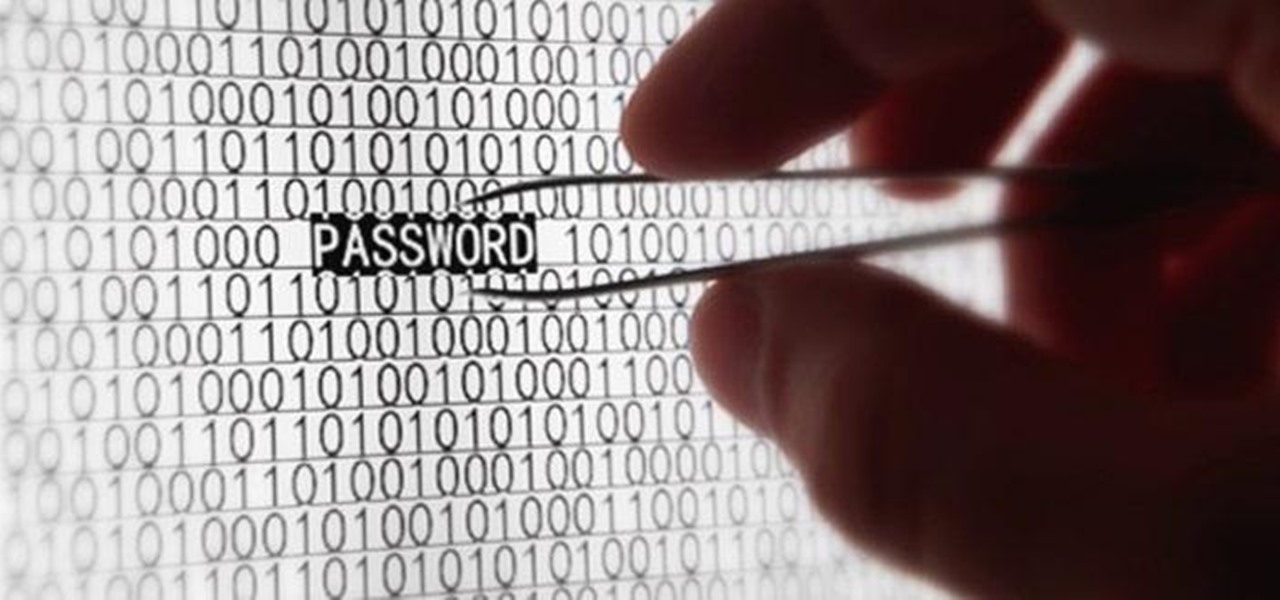 While it’s clear you should not save passwords on your devices, many still do. This carelessness helps online criminals to easily access your data. If you still want to store passwords on your device, you should at least use the password manager to encrypt your password information.
While it’s clear you should not save passwords on your devices, many still do. This carelessness helps online criminals to easily access your data. If you still want to store passwords on your device, you should at least use the password manager to encrypt your password information.
9. Check the URL of the website you want to visit
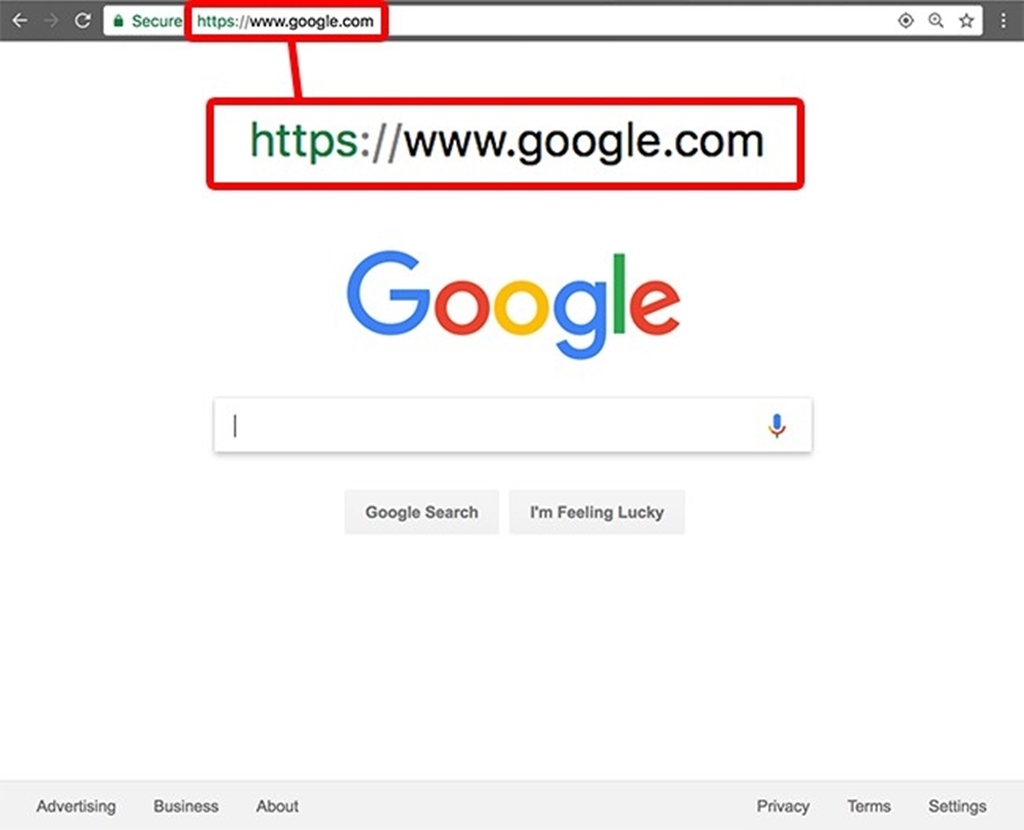 Fake internet lines can direct you to well-known websites but are actually just web pages for the purpose of collecting your personal data. If you see any strange characters in a familiar website link you often use this may be a site is not authentic.
Fake internet lines can direct you to well-known websites but are actually just web pages for the purpose of collecting your personal data. If you see any strange characters in a familiar website link you often use this may be a site is not authentic.
Google.com and ɢoogle.com are not the same places you are offline! Be sure to use a reliable and secure browser because a quality browser will find out the differences and warn you.
10. Use a secure connection
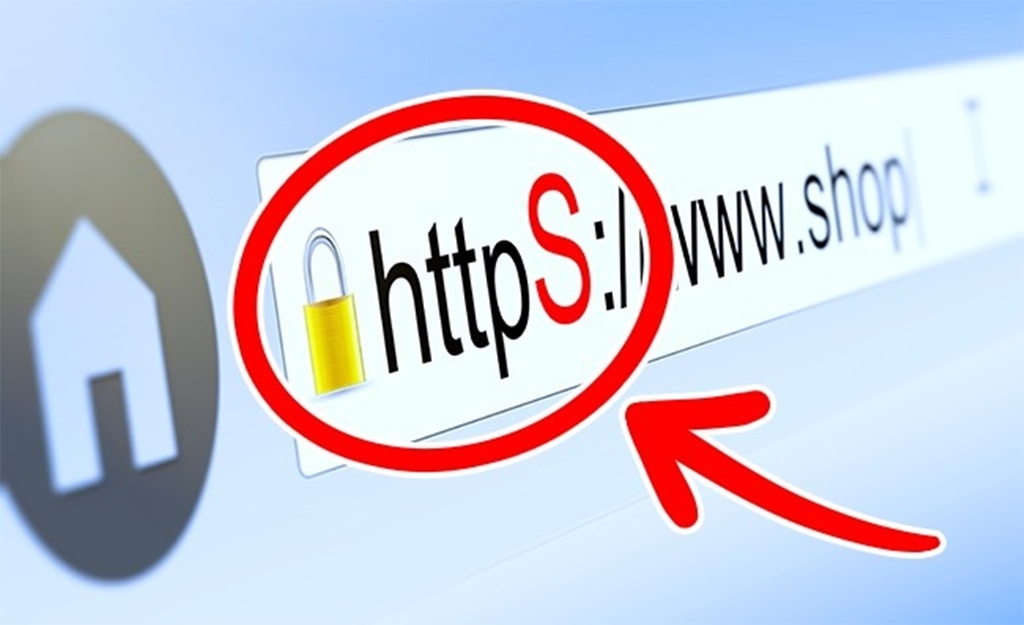 A secure connection is very easy to identify: the URL path starts with https: // instead of just http: // as normal. Some websites like Google often use secure connections to transfer data.
A secure connection is very easy to identify: the URL path starts with https: // instead of just http: // as normal. Some websites like Google often use secure connections to transfer data.
If you want all your sites to be secure, install the HTTPS Everywhere extension, which is compatible with all popular browsers.
